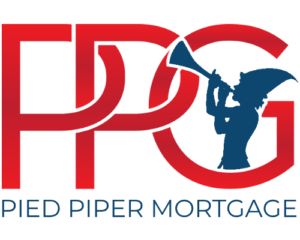Refinancing your mortgage can be a strategic financial move, potentially saving you thousands of dollars over the life of your loan. Here’s a comprehensive guide to understanding the ins and outs of mortgage refinancing.
What is Mortgage Refinancing?
Mortgage refinancing involves replacing your existing mortgage with a new loan, typically to achieve better terms or reduce your monthly payment. Common reasons for refinancing include:
- Lowering your interest rate: Securing a lower rate can reduce your monthly payments and total interest paid.
- Shortening the loan term: Refinancing to a shorter term can help you pay off your mortgage faster.
- Switching loan types: Moving from an adjustable-rate mortgage (ARM) to a fixed-rate mortgage for more predictable payments.
- Accessing home equity: Cash-out refinancing allows you to take out a new loan for more than you owe and pocket the difference.
Individual results vary and are not typical. Lower monthly payments may result in higher total finance charges over the life of the loan. Not all applicants will qualify.
When to Consider Refinancing
Refinancing can be beneficial if:
- Interest rates have dropped since you took out your original loan.
- Your credit score has improved, making you eligible for better terms.
- You need to consolidate high-interest debt.
- You have equity in your home that you’d like to access for home improvements or other expenses.
Steps to Refinance Your Mortgage
- Assess your financial situation: Evaluate your current loan, credit score, and the potential benefits of refinancing.
- Research loan options: Compare different lenders and loan products to find the best fit for your needs.
- Calculate costs: Consider closing costs, which can range from 2% to 5% of the loan amount.
- Apply for the loan: Submit your application and provide required documentation.
- Close on the loan: Review and sign the final documents to complete the refinancing process.
Refinancing your mortgage can be a smart financial move, but it’s important to weigh the costs and benefits. For personalized advice and to explore your refinancing options, contact Pied Piper Mortgage.




